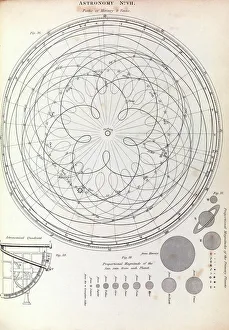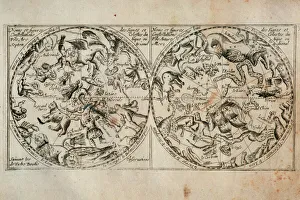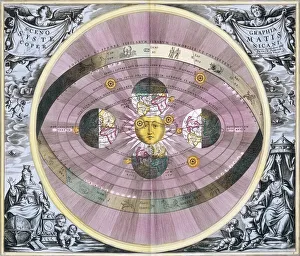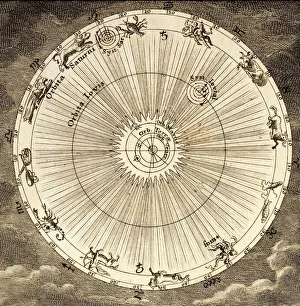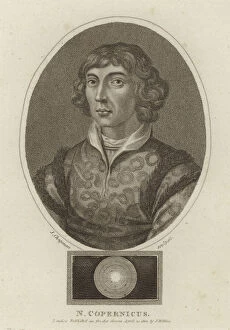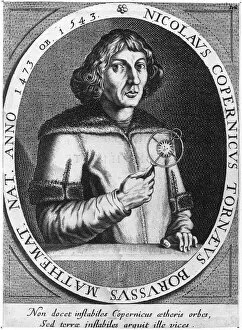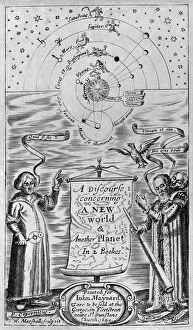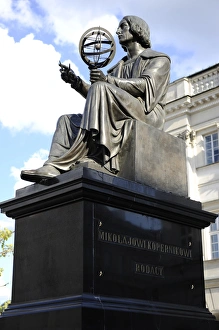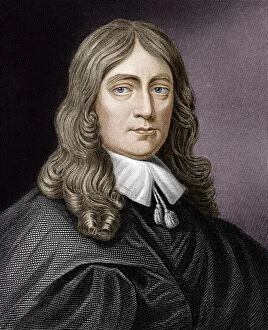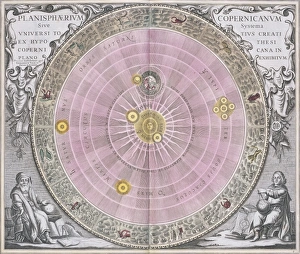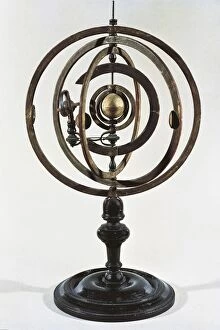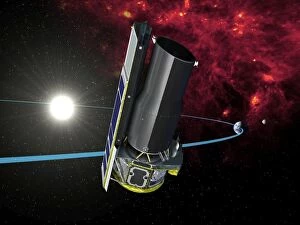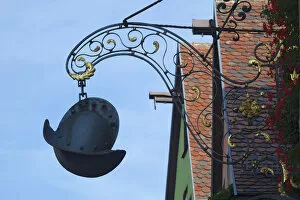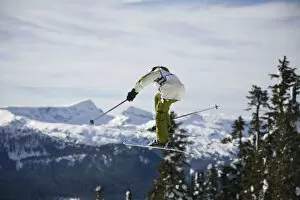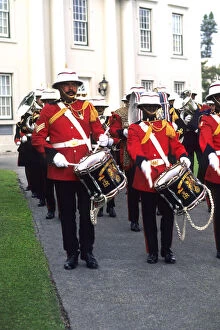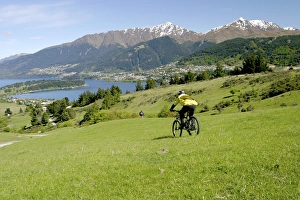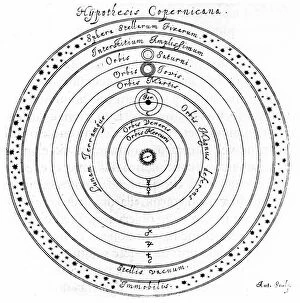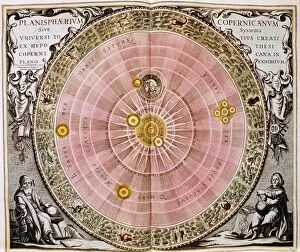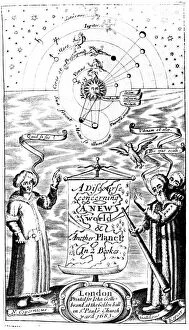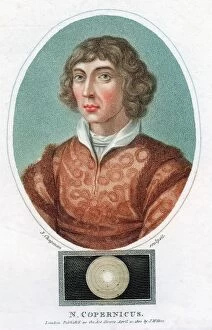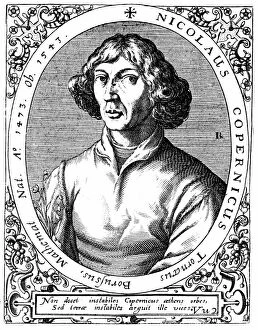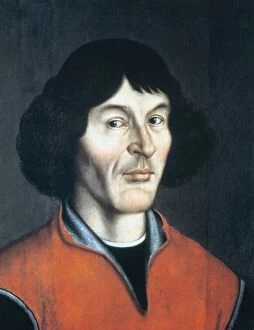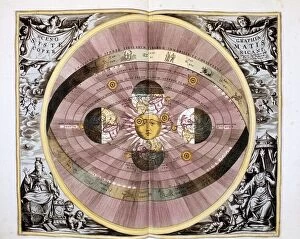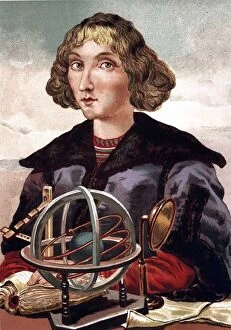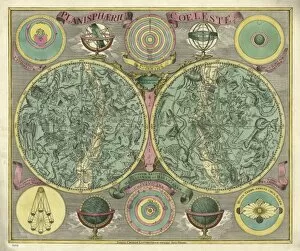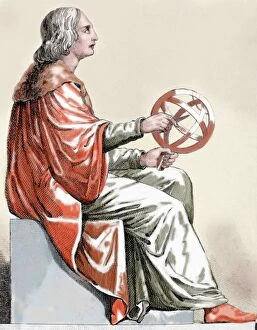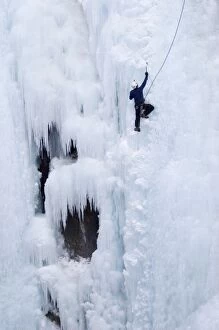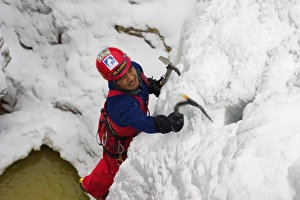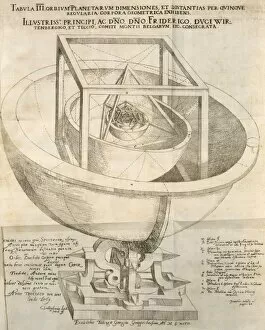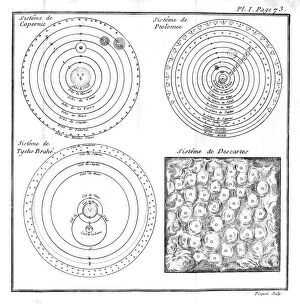Heliocentric Collection
"Heliocentric: Unveiling the Secrets of the Celestial Orbits" Step into the fascinating world of heliocentricity
All Professionally Made to Order for Quick Shipping
"Heliocentric: Unveiling the Secrets of the Celestial Orbits" Step into the fascinating world of heliocentricity, where ancient epicycles of Mercury and Venus dance around our radiant Sun. In 1823, C017 / 8061 brought us closer to understanding these intricate celestial movements. Among those captivated by this revolutionary concept was Galileo Galilei, whose bond with his daughter Maria Celeste fueled his astronomical pursuits. Together, they delved into the mysteries unveiled by Nicolaus Copernicus in his groundbreaking work "Orbes Celeste" in 1473. The Copernican worldview gained momentum over time, reaching its zenith in 1708 when it became widely accepted. Johann Scheuchzer's awe-inspiring depiction of planet orbits in 1731 further solidified this transformative perspective. Venturing beyond scientific realms, let your imagination soar to Utah's Zion National Park. Witness a fearless female canyoneer rappelling into the Golden Cathedral of Pine Creek – a breathtaking testament to nature's grandeur that mirrors our own cosmic journey. Galileo Galilei remains an icon among Italian astronomers for championing heliocentrism despite facing opposition from conventional beliefs. His unwavering dedication paved the way for future generations to explore new frontiers. Marvel at Thorvaldsen's statue immortalizing Nicolaus Copernicus – a visionary who forever altered our perception of Earth's place in the cosmos. An engraving captures him amidst a mesmerizing fall of shooting stars, symbolizing his profound impact on humanity's understanding of space. A portrait reveals Nicolas Copernicus' intellectual prowess frozen in time – an eternal reminder that knowledge knows no boundaries or limitations. This black-and-white photograph encapsulates both his brilliance and enigma as we continue to unravel the universe he dared to challenge. Even great minds like Galileo occasionally retrace their steps.

